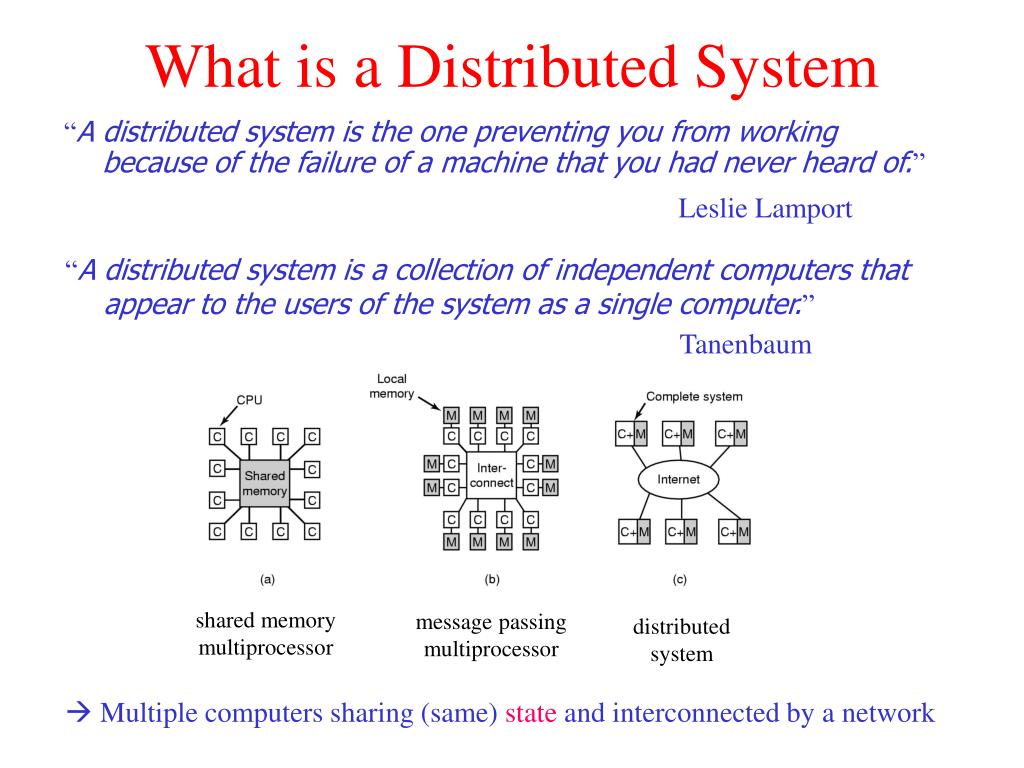

It also contains four detailed case studies: Amoeba, Mach, Chorus, and OSF/DCE. Representing a revised and greatly expanded Part II of the best-selling Modern Operating Systems, it covers the material from the original book, including communication, synchronization, processes, and file systems, and adds new material on distributed shared memory, real-time distributed systems, fault-tolerant distributed systems, and ATM networks. Tanenbaum's Distributed Operating Systems fulfills this need. Distributed Systems, 3rd Edition (Maarten van Steen, et al.As distributed computer systems become more pervasive, so does the need for understanding how their operating systems are designed and implemented.Cloud Computing, Serverless, and Distributed Systems.Computer System, Organization, and Architecture.Operating Systems (OS) Design and Construction.Parallel and Distributed Computing and Programming.

Tanenbaum is an American-Dutch computer scientist and professor emeritus of computer science at the Vrije Universiteit Amsterdam in the Netherlands. Maarten van Steen is a professor at the Vrije Universiteit, Amsterdam where he teaches operating systems, computer networks, and distributed systems.The examples in the book leave out many details for readability, but the complete code is available through the book's Website, hosted at A personalized digital copy of the book is available for free, as well as a printed version through.

To assist in understanding the more algorithmic parts, example programs in Python have been included. The latter have been organized into boxed sections, which may be skipped on first reading.

Security.Ī separation has been made between basic material and more specific subjects. Intended for use in a senior/graduate level distributed systems course or by professionals, this text systematically shows how distributed systems are designed and implemented in real systems.įor this third edition of "Distributed Systems," the material has been thoroughly revised and extended, integrating principles and paradigms into nine chapters: 1. This book covers the principles, advanced concepts, and technologies of distributed systems in detail, including: communication, replication, fault tolerance, and security.


 0 kommentar(er)
0 kommentar(er)
